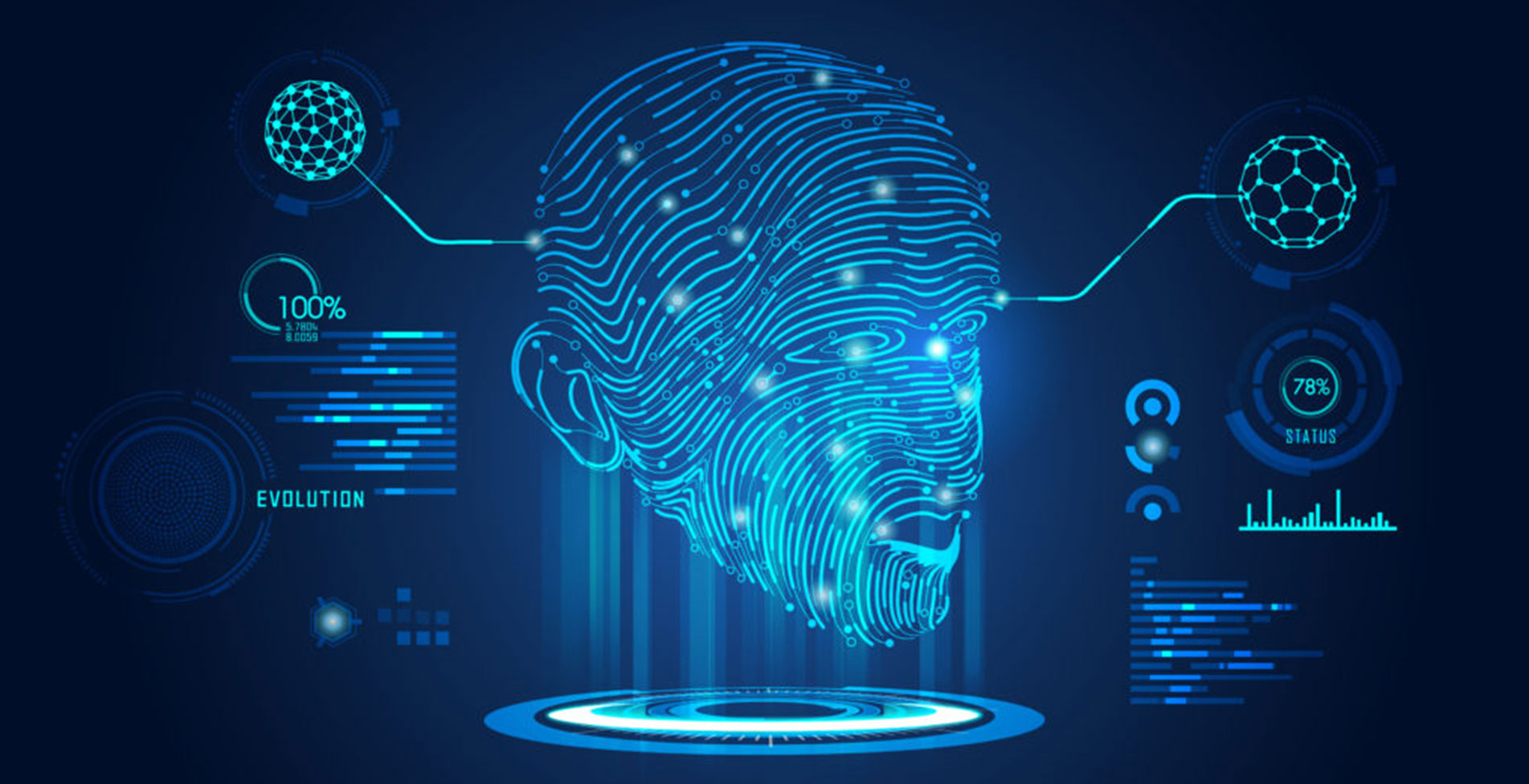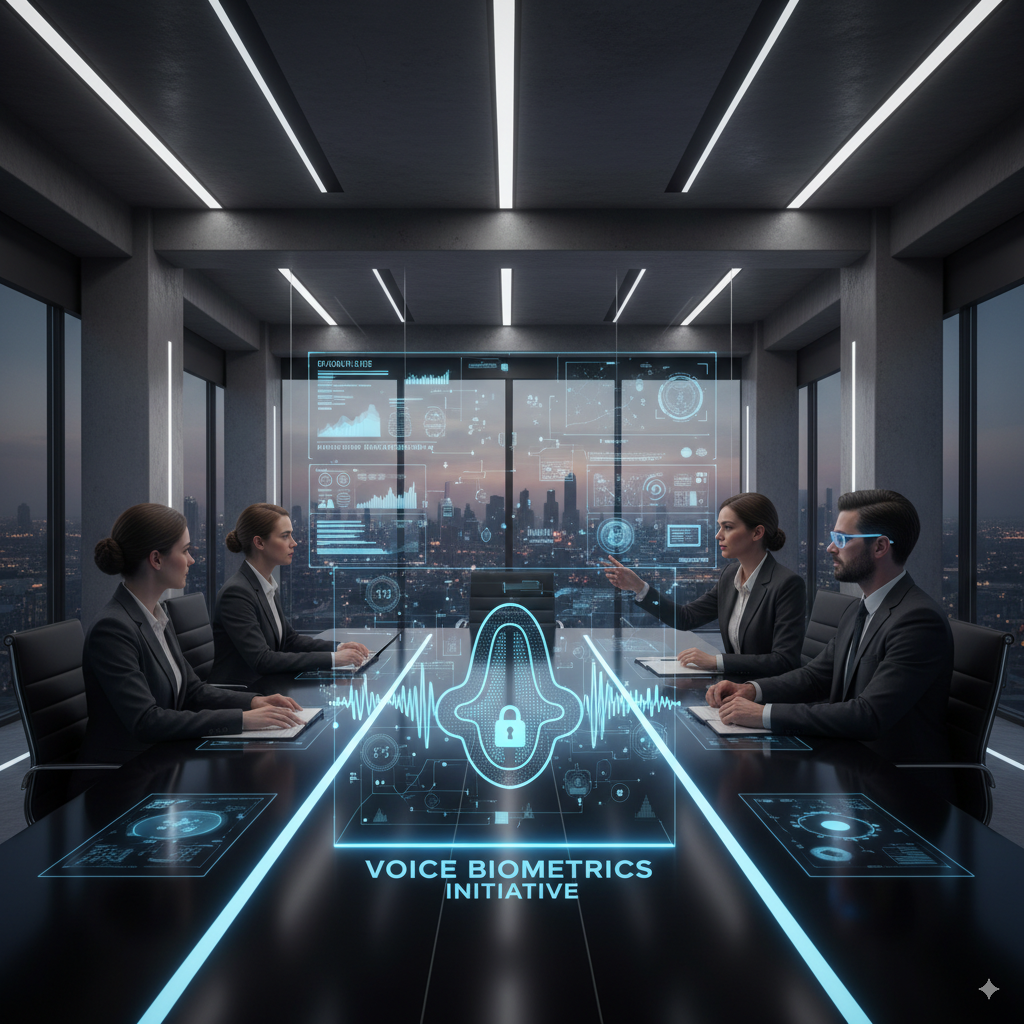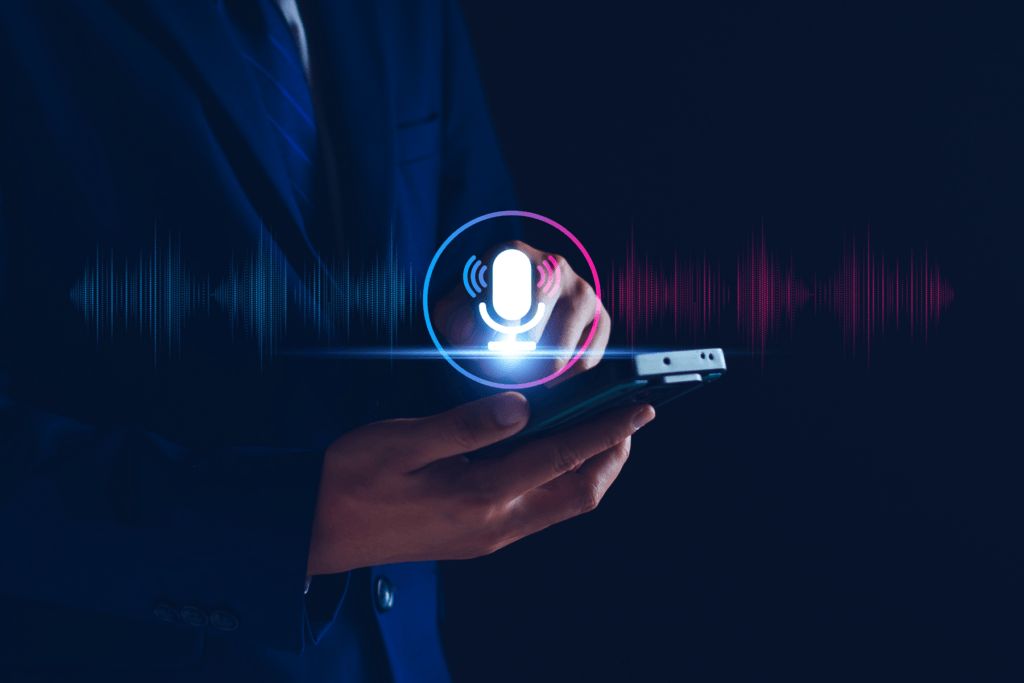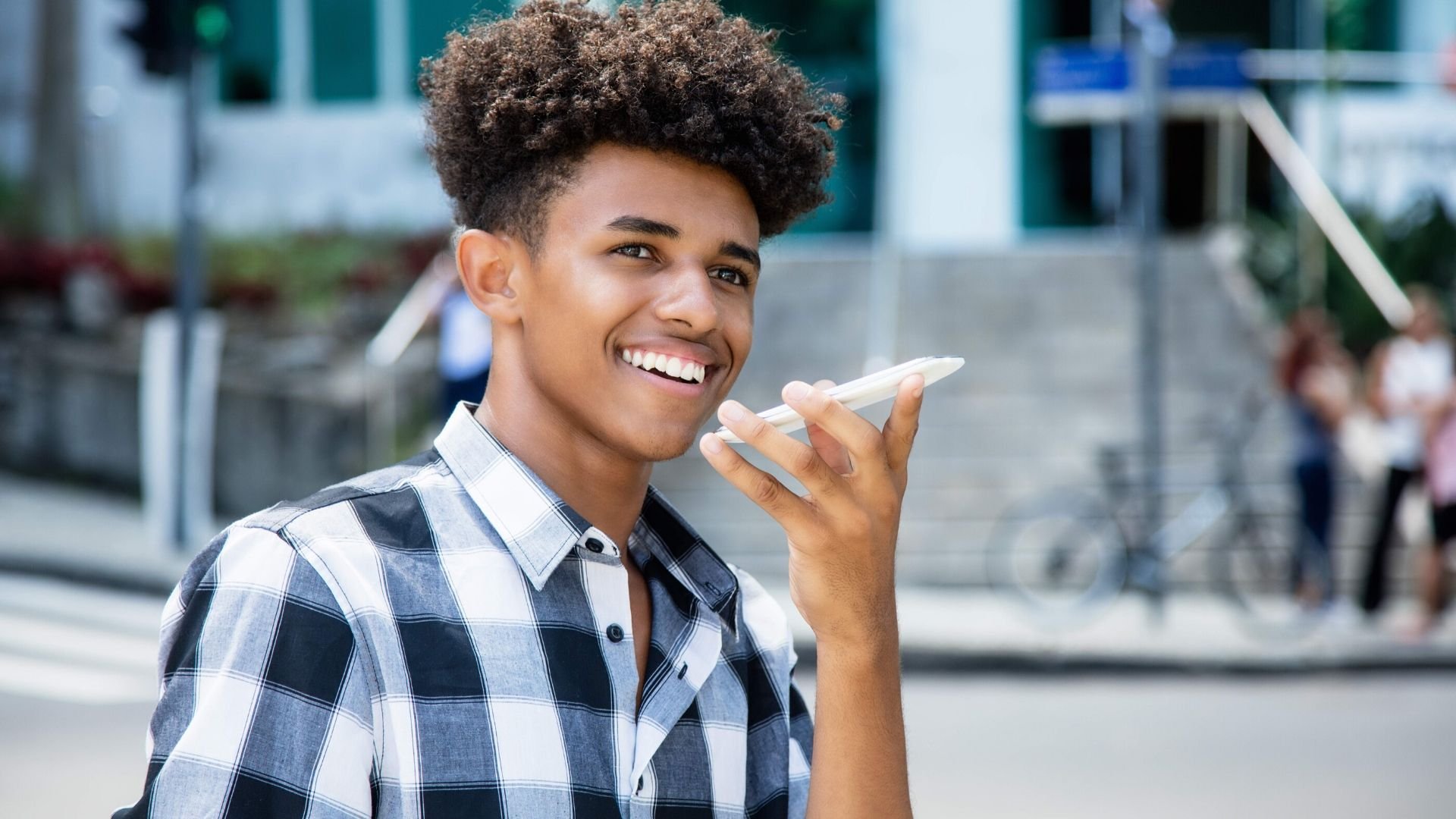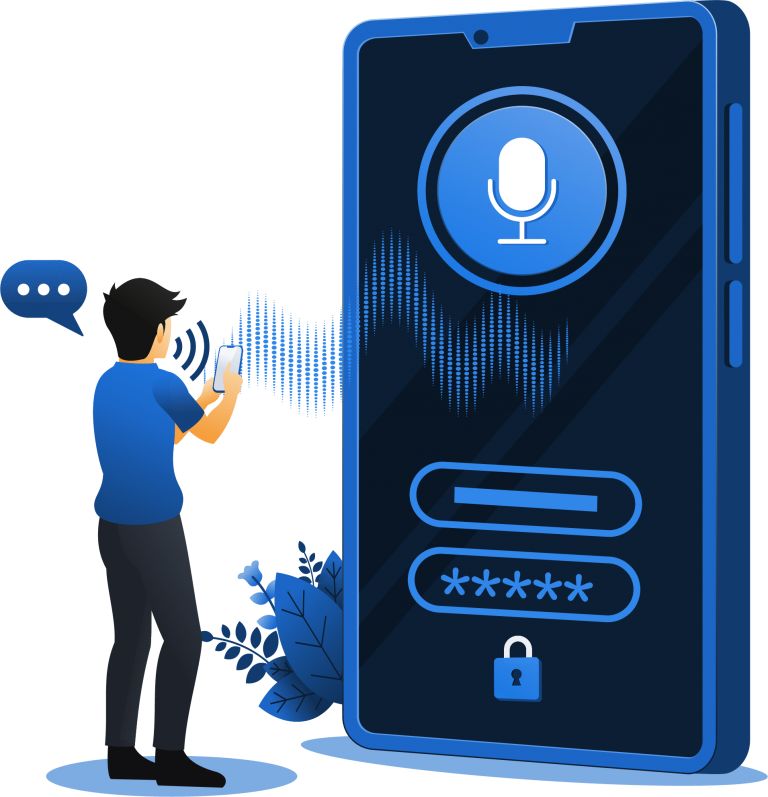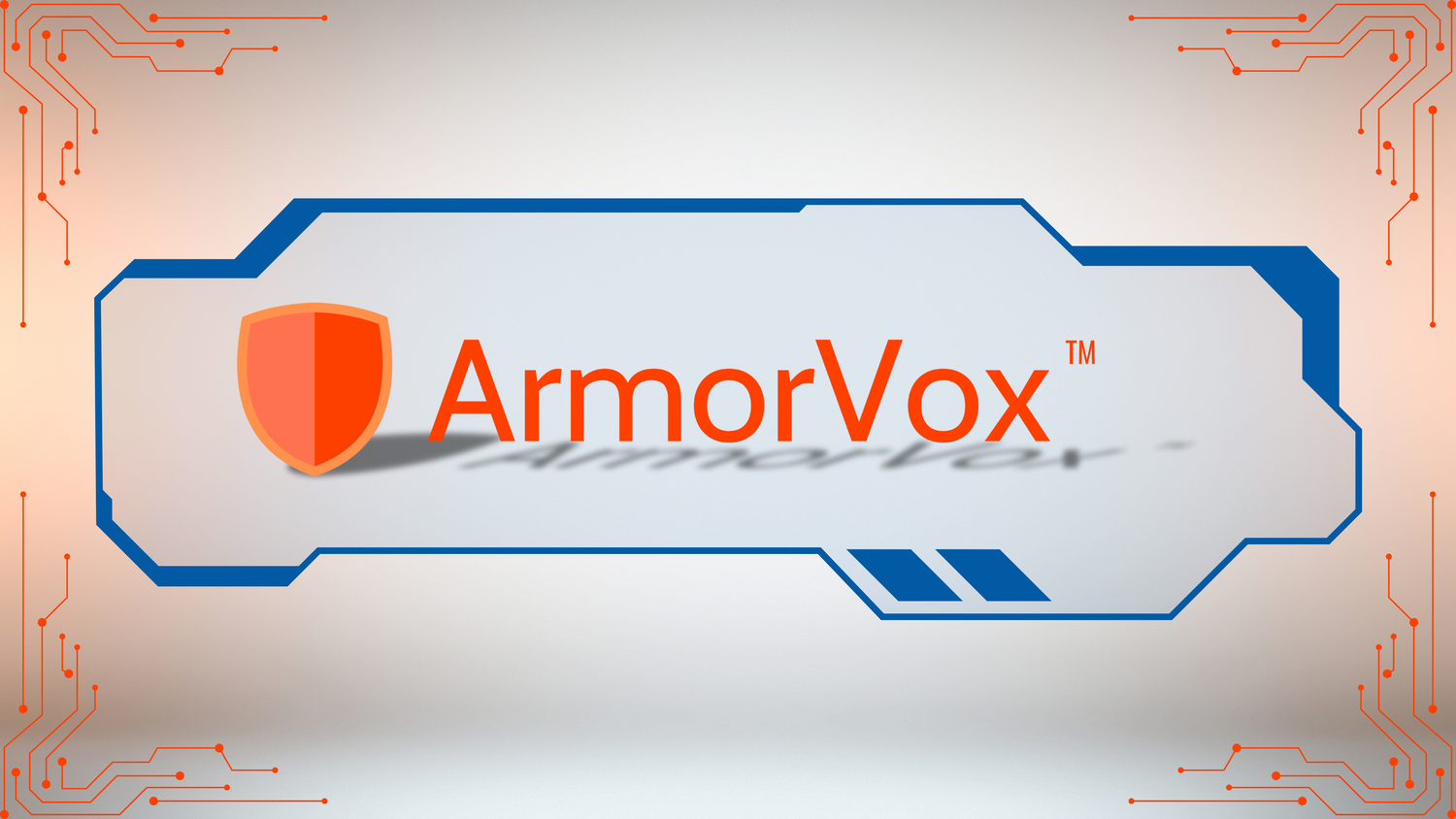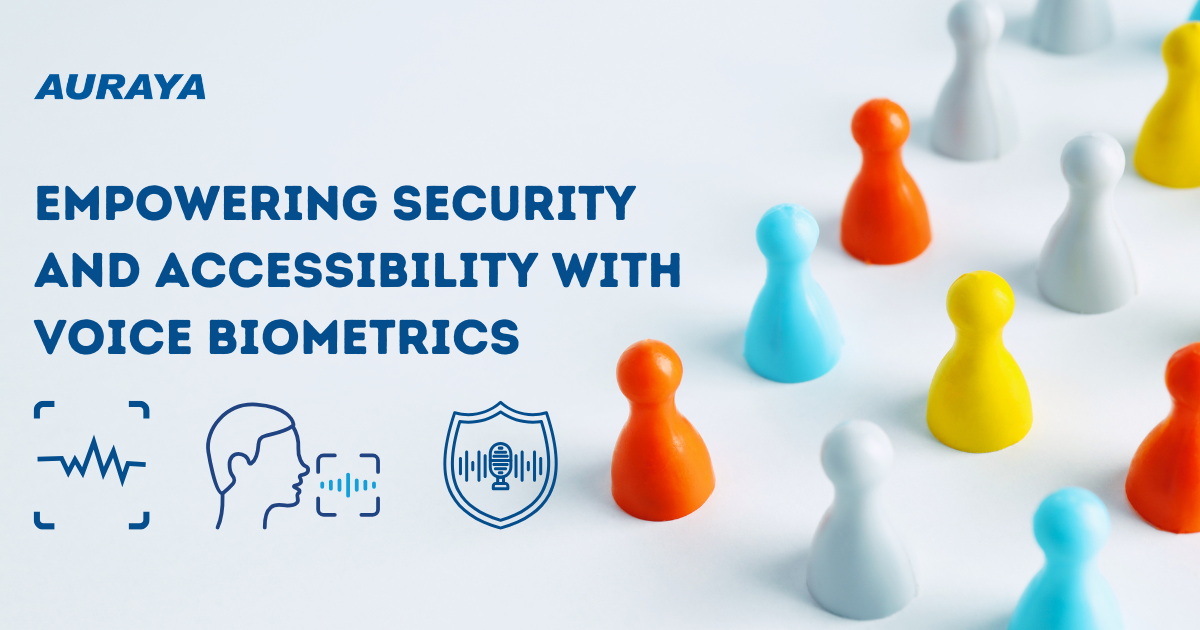Self-service technology allows people to access information and complete transactions without human input from organizations. Well-designed self-service solutions provide people with options that are often quicker and more convenient than waiting for a human to assist with their service requirements.
Some common examples of self-service technology include automated airline check-in as well as accessing banking services from ATMs or Apps. The COVID-19 pandemic has accelerated the use of self-service ordering in restaurants. Many organizations have tried to deliver self-service to customers who call contact centers by asking customers to provide information via push button and speech-enabled IVR.
Self-service technologies that provide higher-level services, such as access to personal information, authorizing monetary transactions, or updating account information, always require secure identity verification. Therefore, some self-service technologies, such as contact center IVRs and chatbots, can be limited in providing a full suite of personalized self-service options.
Improving Personalized self-service in Contact Center IVRs and Chatbots with Voice Biometrics
The secure yet convenient identity verification provided by EVA’s voice biometric verification technology enables organizations to provide personalized self-service options via telephone and Chat Bot channels.
With Auraya’s voice biometrics technology, users can be automatically verified without the need for a live agent. Voice biometrics works by enrolling the voice of users so they can confirm their identity using their voiceprint in future interactions. This process works in the same way as a fingerprint. Unlike many fingerprint systems, voice prints are stored in secure vaults within client organizations’ identity systems. This means people can verify identity on any device with a microphone such as a smartphone, tablet, or laptop.
Voice biometric verification is more convenient and more secure than facial recognition and device-based fingerprint verification systems because a person’s voice can be compared to their securely stored voice print within the client-controlled vault. This multifactor voice verification process combines a one-time transaction code that is spoken by the authorized person using their trusted device. This multi-factor verification process provides a non-repudiable digital signature allowing access to the secure service or authorizing a transaction.
By verifying the identity of users during the IVR or chatbot interaction, organizations can provide more self-service options that would typically need identity verification and access privileges. Organizations can allow users to access their accounts and change or update information details. Users could also conduct financial transactions such as transferring money or making payments. Auraya’s voice biometrics technology also provides a non-repudiable digital signature so each interaction can be completed without expensive and time-consuming manual processes.
Expanding self-service options by incorporating voice biometrics allows for a more streamlined, secure, and convenient self-service experience for users.

